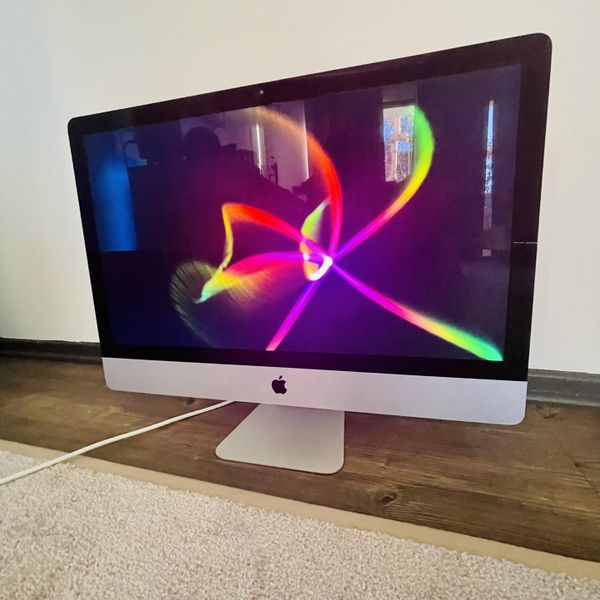


I’ve been using Fusion Drive since it came out, retrofitting my iMac at the time with a new blade SSD and thus making it run faster than its original specs. As a result, you enjoy shorter startup times and - as the system learns how you work - faster application launches and quicker file access.”

Apple writes: “Presented as a single volume on your Mac, Fusion Drive automatically and dynamically moves frequently used files to flash storage for quicker access, while infrequently used items move to the high-capacity hard disk. The protocols that govern the data I/O are called Core Storage. For the sake of experimentation and learning something new, I decided to tinker with my iMac and see if I could squeeze out some extra speed.įor those who are wondering what I’m talking about, Fusion Drive is an Apple technology built into macOS that creates what is essentially a hybrid drive, by combining an SSD module (NAND flash) with a traditional HDD (platter drive) and presenting the two as a single volume to the user. The idea is to install the OS and select files and folders on the SSD, with the bulk of the files on the HDD. During that upgrade process, I wondered whether splitting my Mac’s Fusion Drive would result in better performance, but decided against it for simplicity’s sake.Įven though I decided against splitting my Fusion Drive at that time, I read articles that advocated for it and suggested even better performance was to be had by allowing the SSD and HDD to run as separate volumes. In a recent post, I wrote about upgrading the original (failing) blade SSD in my iMac to a bigger and faster NVMe module.


 0 kommentar(er)
0 kommentar(er)
